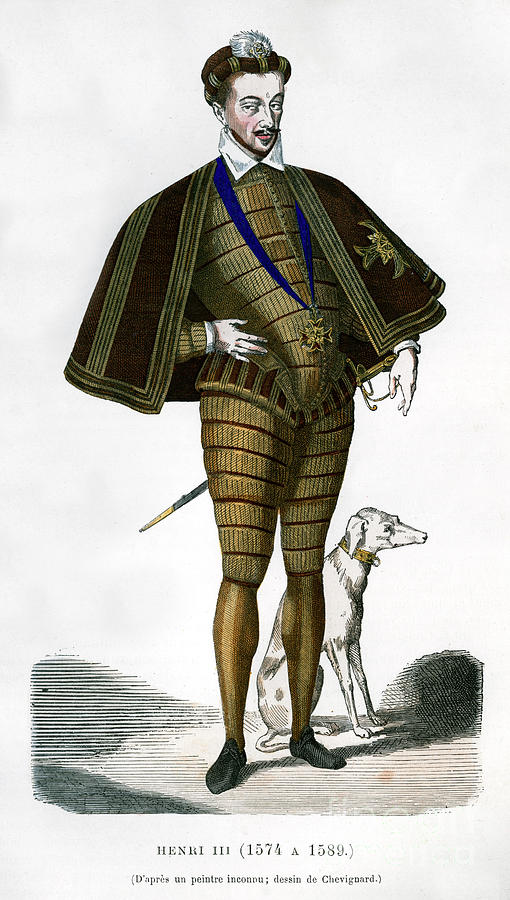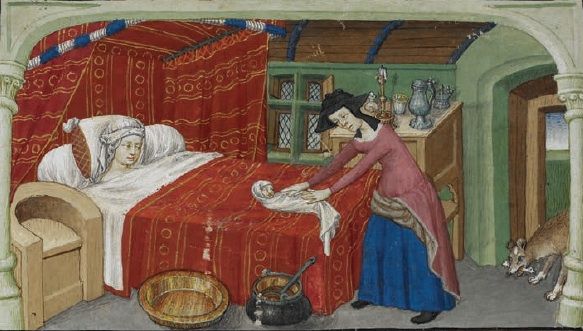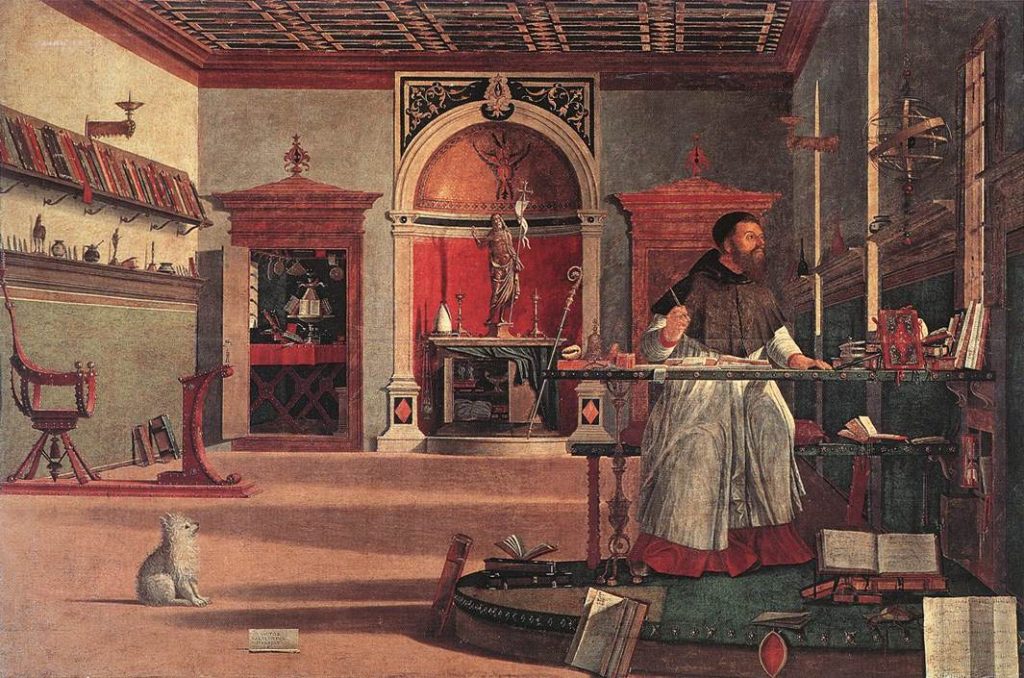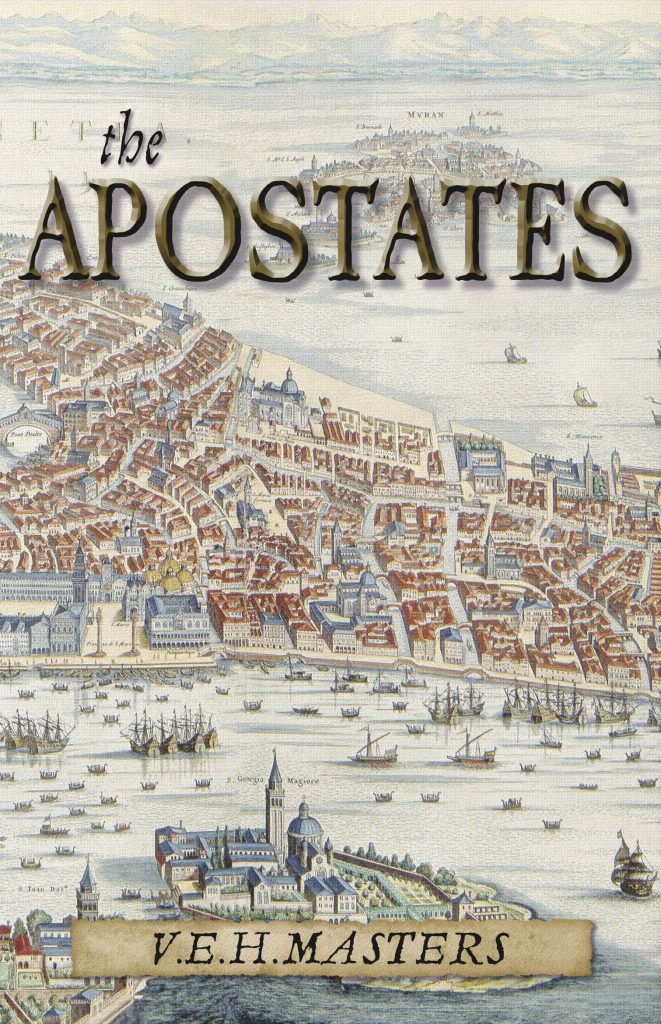In my current book The Apostates (due out early November), the reformer John Calvin features. My character Will is very happy to be learning at the feet of the great man, his sister Bethia, a Catholic, less so and her sister in law, who is determined to return to the faith of her ancestors, Judaism, even less so.
I was curious to learn about Calvin, a Frenchman who had a big influence on the Scottish Reformation, even though he never visited Scotland.

In the very early 1500s Geneva had a name as the dirtiest city in Europe. Calvin closed the gambling houses and brothels, introduced education for all, including girls and generally cleaned up the city.
Inevitably this didn’t make him popular with everyone, especially if they’d previously enjoyed gambling or made their living from manufacturing playing cards. Some Genevans derided Calvin, claiming they were being taken over by a Frenchman, and making his life difficult in many ways including: misnaming him Cain; ringing handbells beneath his window at night; playing skittles outside the church while he was preaching; and naming their pets after him.
The mention of pets named Calvin or otherwise left me wondering. Did people keep pets in the 1500s? Of course I knew they kept working animals, and we see enough of them in portraits: the hounds, hawks, horses and so on. But what about lap dogs or cats (other than those used as mousers or for their soft pelts)?

And it seems they did, although small dogs were considered the province of women and clergy For a non-celibate man to keep a pet indicated a lack of manliness and Henri III of France’s strong attachment to his lap dogs was derided as a sign of weakness unsuitable in a king.

However, putting King Henri’s affection for his dogs to one side, one of the main purposes of keeping pets (and an animal becomes a pet at the whim of its owner, i.e. is kept indoors, is not eaten and is given a name) was to reinforce status. Only the wealthy could so indulge themselves. Their pets were fed the best quality food and were allowed into spaces where servants were forbidden or constrained. Indeed animals are often present in paintings of childbirth. Some medical texts of the period even recommend that those suffering pain of the belly should press their pet dog to their chest to ward the pains off.

Increasingly too, scholars kept a pet as their muse, to lie quietly at their feet while they worked and to provide a welcome distraction from study … much as the internet is a constant distraction for me, I should imagine.
When the animal died elegies were written, often in Latin, in their memory, as well as epitaphs on their tombstone. Here’s Robert Hendrick (1591-1674) ode to his deceased spaniel.
Now thou art dead, not eye shall ever see,
For shape and service, Spaniell like to thee,
This shall my love doe, give thy sad death one
Teare, that deserves of me a million.
Although it became common for bereaved pet-owners to erect tombstones and pen elegies, not everyone agreed that this was appropriate, indeed some considered it blasphemy. Others, like Aldina, the Dutch philosopher, talked of his dog’s little soul crossing into the underworld. And soon a debate arose as to whether animals did have souls.

In the late 1500s Montaigne wrote that not only were animals moral and rational, they were more moral and rational than humans. He considered that, because they live in accordance with the dictates of nature, beasts possessed reason, affection, jealousy, hate, joy and grief and that those passions arise out of knowledge.
Followers of Aristotle disagreed, saying that animals have only a sensitive soul while humans have a rational soul. Descartes waded in denying that animals have the ability to reason and, although they have passions, they are no more than bodily functions. Beasts die because the body decays, humans die because the soul leaves the body.

So the jury is out on whether animals have souls but I’ll leave you with a photo of my neighbour’s collies playing tug of war – a very determined, if not soulful, pursuit.
Ps The Apostates will be released on 15 November.

References
Late Medieval Pet Keeping: Gender, Status and Emotions by Kathleen Fiona Walker-Meikle
The Virtues of Animals in Seventeenth-Century Thought by Peter Harrison
